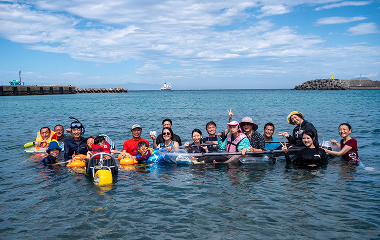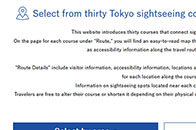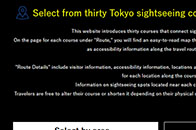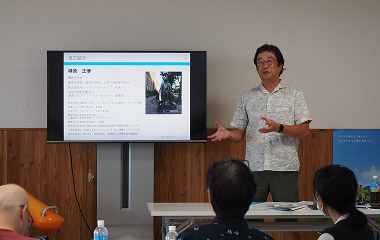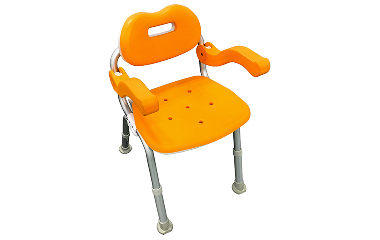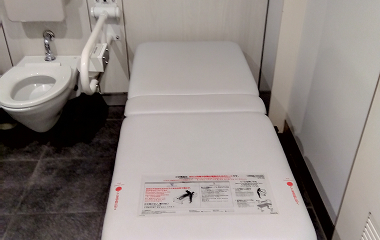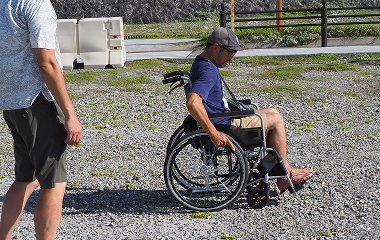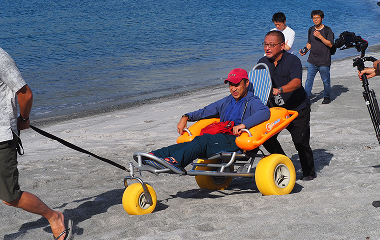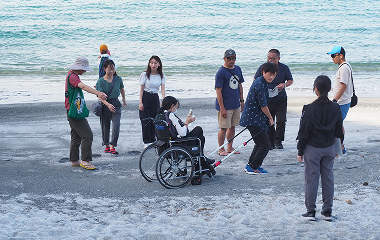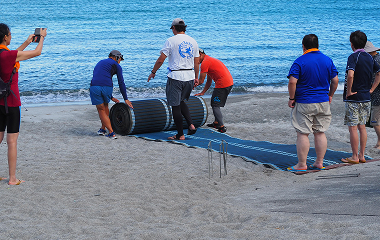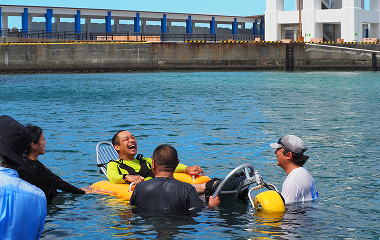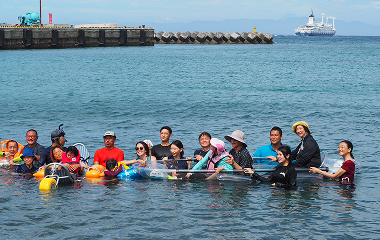Workshop lecturer: Masaharu Sakakibara, Chair, Shonan Barrier-Free Tourism Center (NPO)
In the past, when Mr. Sakakibara was working as a medical device engineer, he was inspired by the sight of people with disabilities relaxing at the beach in Sweden, which he was visiting for training purposes. He told us that this was when he decided to introduce the concept of the barrier-free beach in Japan. He acquired access mats, amphibious wheelchairs, and more, launching their use at Zaimokuza Beach, Kamakura City, Kanagawa Prefecture. At present, his organization assists and operates some 50-plus barrier-free beaches around the nation. Mr. Sakakibara talked about the barrier-free concept in the context of different types of disability, interacting with people with disabilities, and the issues people with disabilities have with barriers, explaining the essence as “providing a place where people with disabilities can feel relaxed and comfortable.” About the barrier-free beach concept, he added, “The ocean isn’t just something you look at. It’s really for people to go in and take a swim.” He believes it is important that barrier-free beaches offer a fun time for people with disabilities and their caregivers.
Mr. Sakakibara also noted the following when interacting with persons with disabilities. He recommends asking the following:
1) Is there something I can do to help?
2) Are you having a problem?
3) What can I do to make it better?
If you ask people with disabilities if they are okay, most will answer yes. Also there are many different levels of disability, and no two persons with disabilities are the same. Really the only true professional with regard to a disability is the person with that disability. For this reason, the best way to offer support is to ask the person directly.
